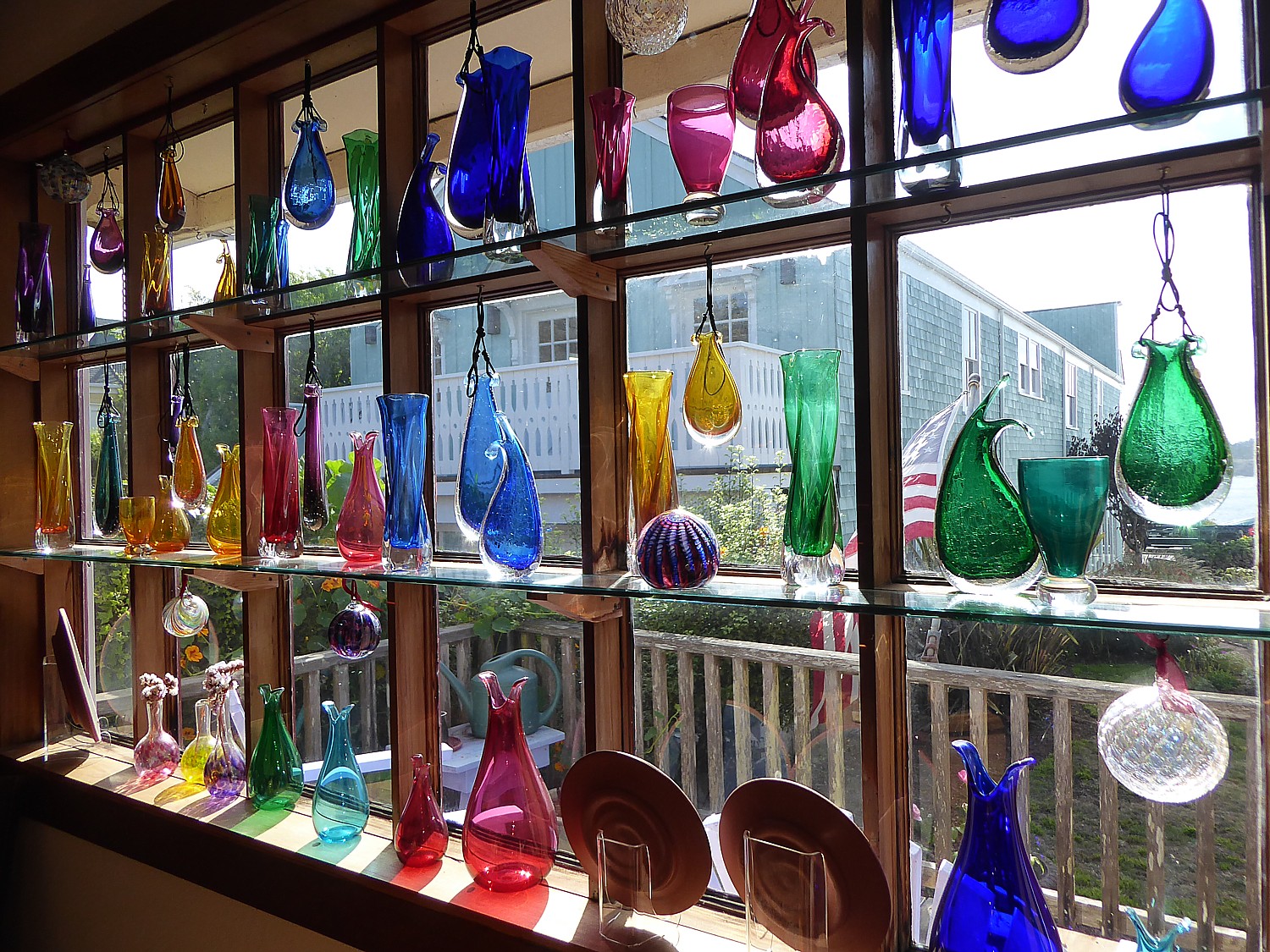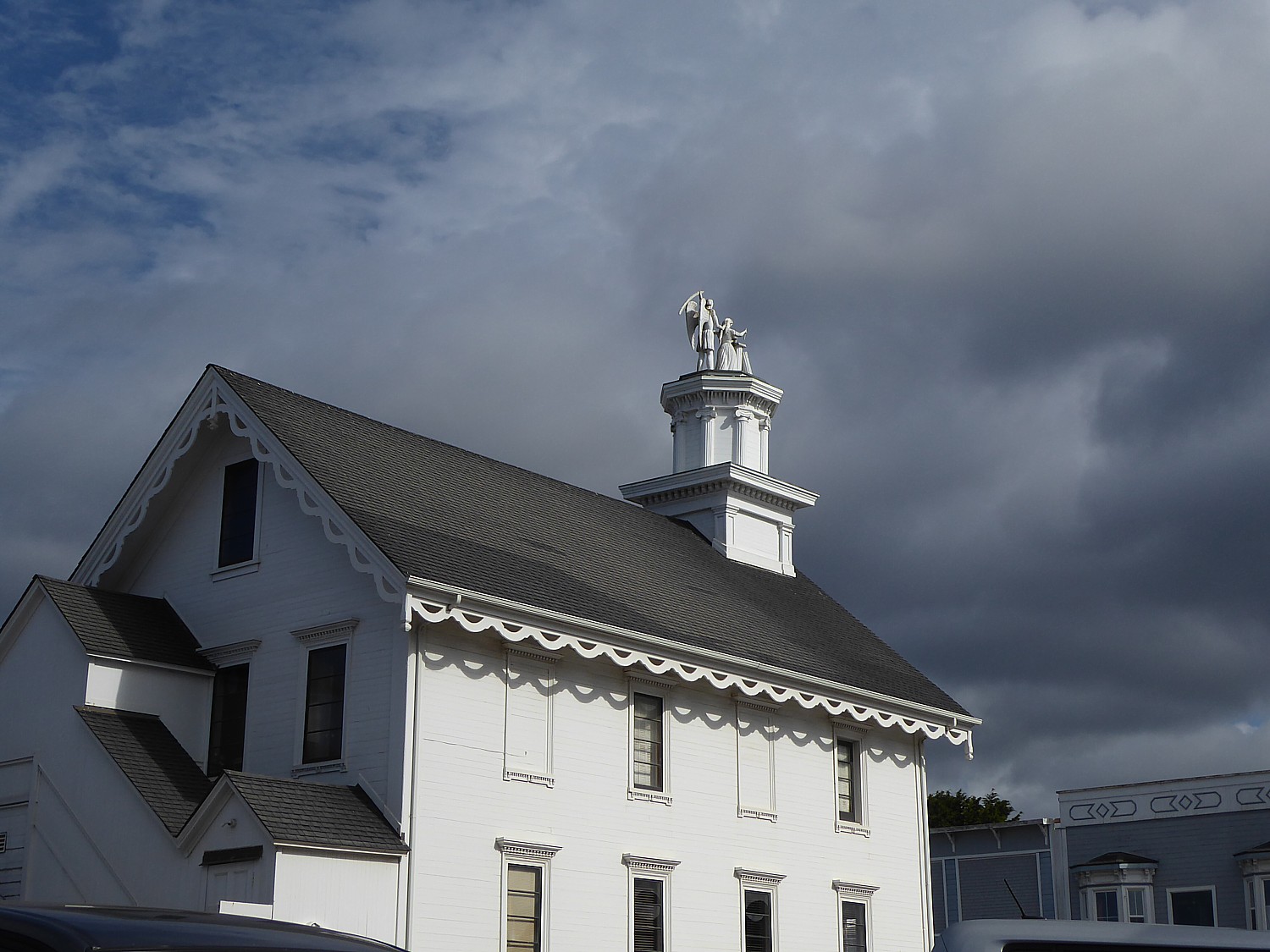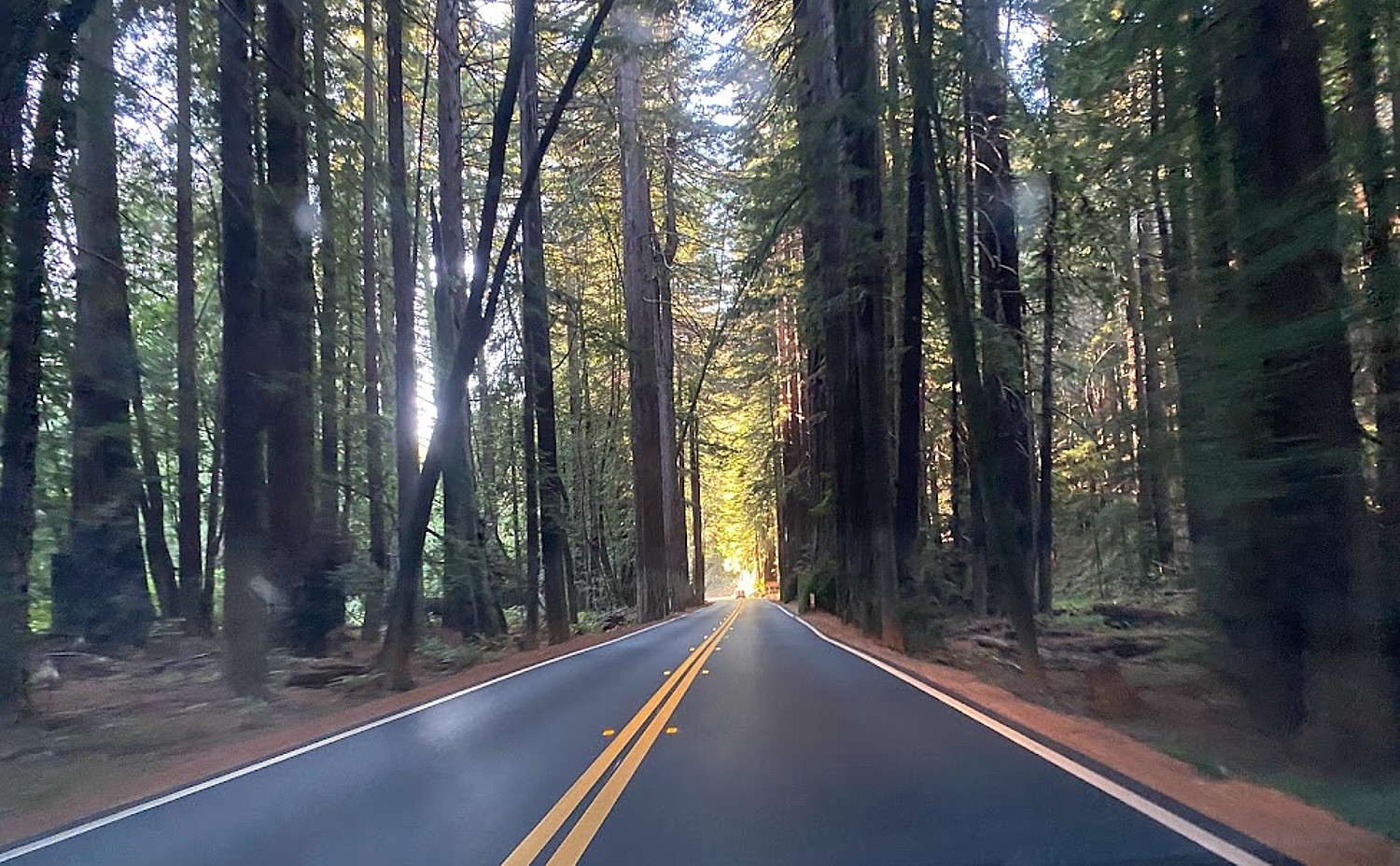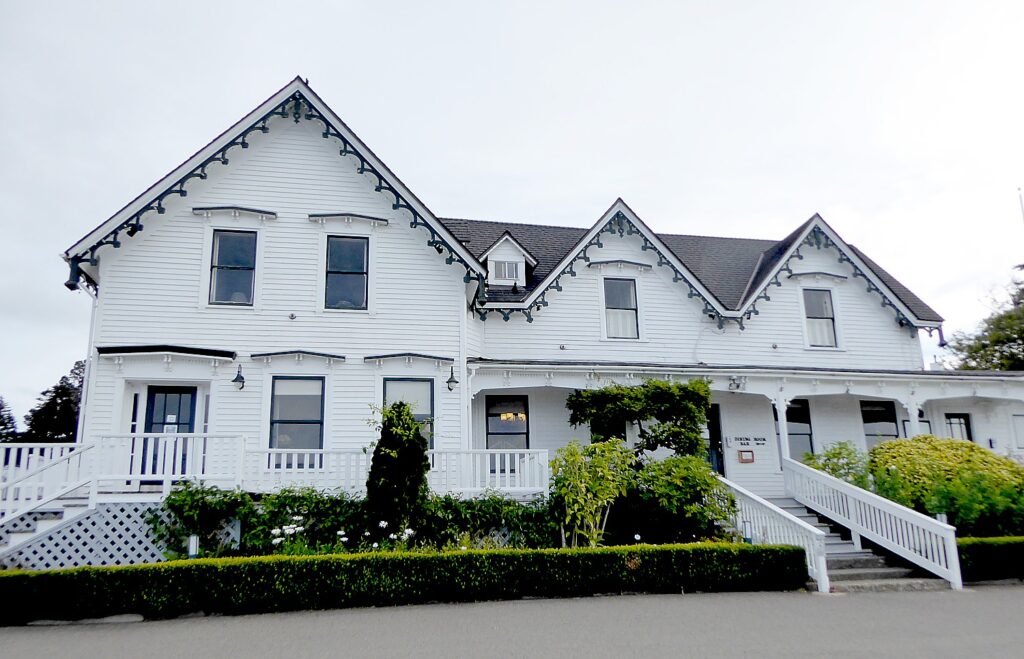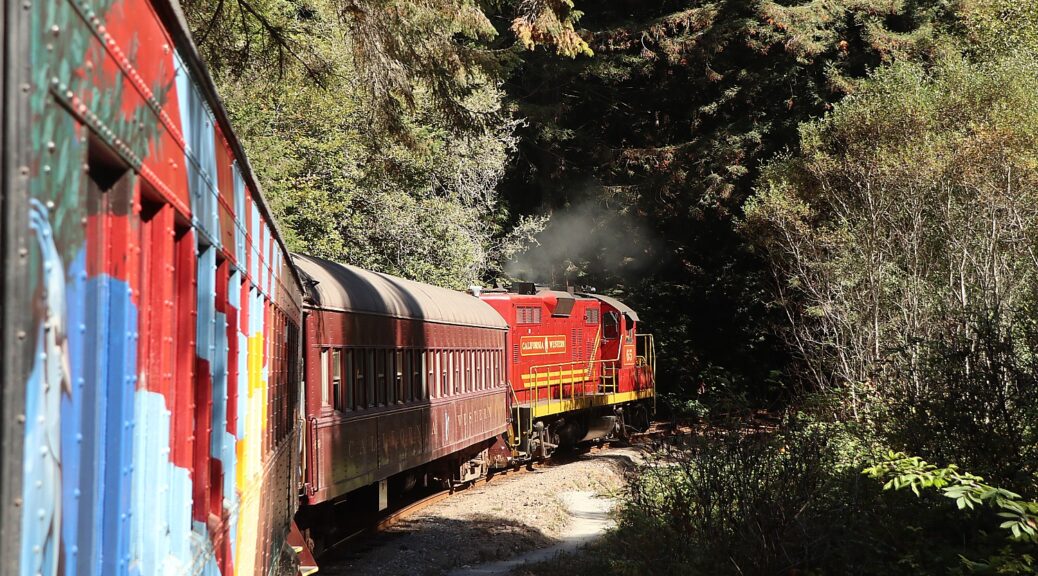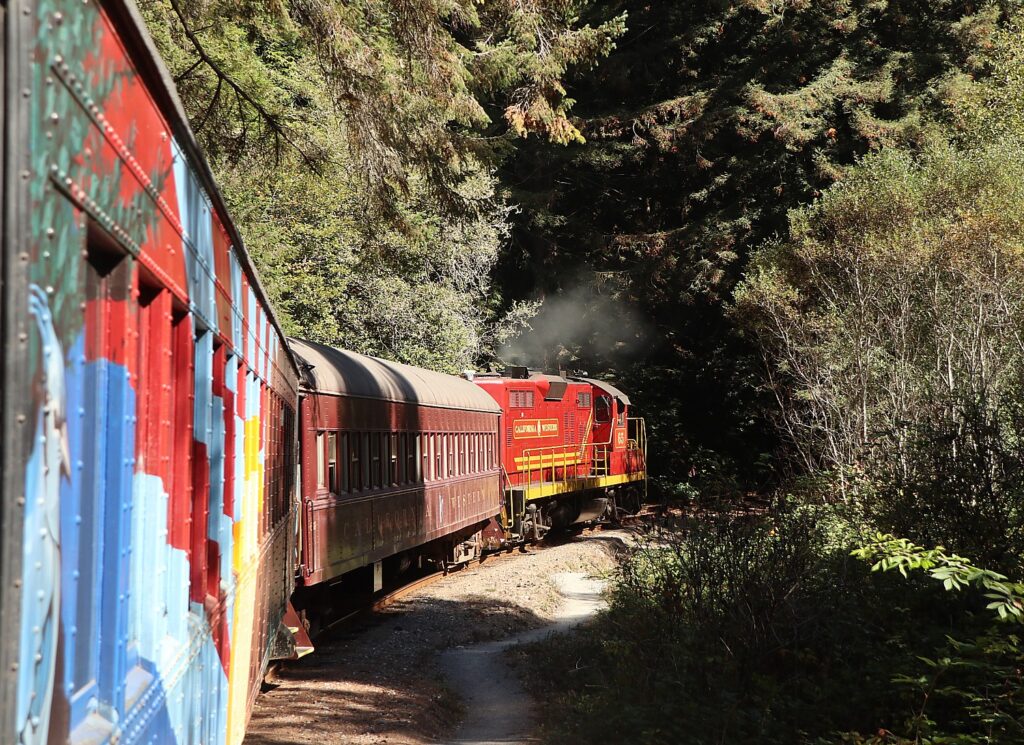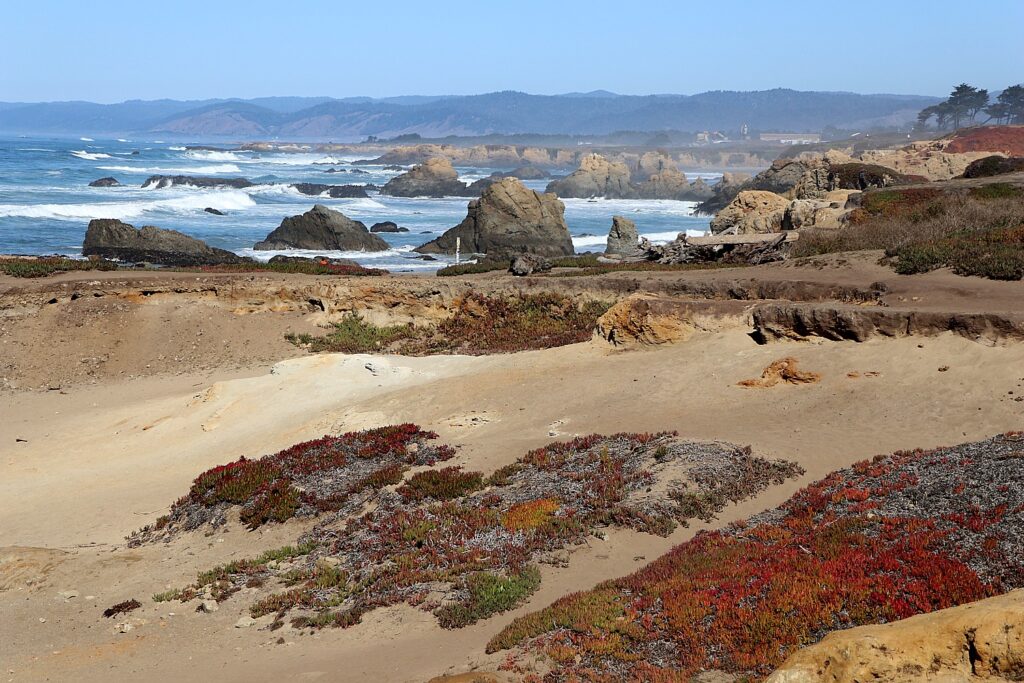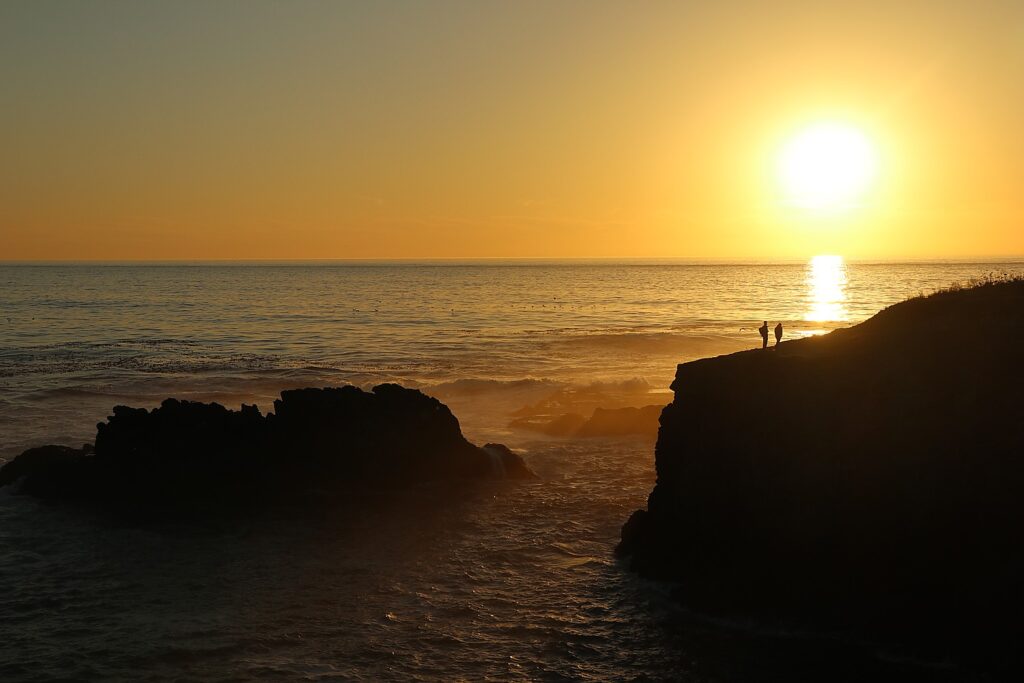
Karen Rubin with Eric Leiberman and Sarah Falter, Travel Features Syndicate, goingplacesfarandnear.com
A staple of a visit to Sonoma, California, where nature and art come together in a perfect blend, is a tasting at one of the picturesque wineries and vineyards. It is always so fascinating to learn about the art and science of winemaking, and to immerse in joy of discovering, sharing and savoring the fruit of that creative enterprise, the wine.
This trip, we return to the charming town of Healdsburg, where we have thoroughly enjoyed visiting its galleries and restaurants and the lovely town square (like Sonoma), to visit Dry Creek Vineyard. Family owned and run by second generation owner and president Kim Stare Wallace, it is also one of the last truly private, family-owned, iconic wineries of Sonoma County that consistently produces coveted 90+ point wines.

Dry Creek Vineyard, we learn, is responsible for many of the “firsts” in this rich wine-producing valley. Established in 1972, it was the first winery to open in Dry Creek Valley after Prohibition. Founder David S. Stare paved the way for a viticultural rebirth in the valley. Inspired by his trips to France, he modeled his winery after a Loire Valley chateau – making for a delightful setting in which to enjoy the wines.
Dry Creek Vineyard makes the claim of being the first winery to plant Sauvignon Blanc in the Dry Creek Valley and the first to label a wine with the “Dry Creek Vineyard appellation. A pioneer of Bordeaux-style blending, the winery was also the first to use the term “Meritage” (with its 1985 vintage) and the first to coin the term “Old Vine” to describe pre-Prohibition-era Zinfandel vineyards.
They make a claim of being the first to introduce the concept of Sustainable Agriculture in California, in 1998, providing a model for and an inspiration to others.
Indeed, it was during the years leading up to Dave’s retirement in 2006, that second generation owners Kim Stare Wallace and her husband, Don Wallace, began to lay the foundation for their vision for the winery’s future based on sustainability. “Their ‘no compromises’ philosophy required a complete re-invention from the inside out, including new winemaking techniques, vineyard management methods and winery upgrades on their 185 acres of sustainably farmed vineyards.”
This shift in philosophy led to dramatically reducing production while increasing quality and sharpening the focus on crafting appellation-driven terroir-focused, varietal-defining wines that have come to rival the best in California and the world. In 2015, Wine & Spirits Magazine selected Dry Creek Vineyard as one of its “top 100 Wineries.”
Its sustainable methods have worked: this year Dry Creek’s Sauvignon Blanc was crowned Best in California, and the Cabernet Sauvignon earned a stellar 95-point rating.
Dry Creek Vineyard is known for its Chenin Blanc, Sauvignon Blanc, Zinfandel, Cabernet Sauvignon and Meritage blends, as well as a portfolio of limited, single-vineyard selections. Prices are moderate, ranging from $18 to $125.
We sit at lovely wooden picnic tables on the lawn outside the stone chateau, as Darrin Abel, the concierge and Wine Educator, introduces the wines for us to taste.
We start with a 2022 Dry Chenin Blanc, a staple of Dry Creek since its founding in 1972. This is a classic Loire Valley-style wine that is versatile and food friendly, especially when paired with fresh oysters and seafood. Fermented in 100% stainless steel barrels, this wine is wonderfully bright and consistent vintage after vintage. The first swirl brings aromatics of honeydew, white peach and jasmine with floral notes of citrus blossom, watermelon rind and pineapple. On the palate, the wine has refreshing flavors of peach, grapefruit and jasmine with hints of mandarin, cucumber and lemon curd. It feels soft in your mouth, with a twang of acidity. These grapes, grown in Clarksburg, “like heat” which makes it dry.

Abel, who has been at Dry Creek for 12 years, explains the difference between a wine that is meant to be consumed early, and one that is meant to age and mature in the bottle. “White wine is meant to be drunk immediately (the screw cap). A cork is for aging – the oxygen penetrates cork and slowly ages the wine. A screw cap has no permeability, is not meant to be aged. Our philosophy : to make wine that can be enjoyed now but can age.”
Our second wine is 2022 Taylor’s Vineyard Sauvignon Blanc, produced from a vineyard on the western bench of Dry Creek Valley and named after Kim and Don Wallace’s daughter, Taylor. According to the winemaker’s notes, the Sauvignon Musqué grape is a unique clonal selection of the Sauvignon Blanc variety and a delicious interpretation of the classic varietal. Fermented in stainless steel tanks you taste plump flavors of peach, lemonade and orange blossom with subtle notes of grapefruit and Mandarin orange. Full of complexity and depth, the crafted Musqué clone produces a creamy feeling in the mouth. It has a nice, even flavor, good structure and body.

The 2020 Farmhouse Vineyard Zinfandel is the sixth vintage of Zinfandel produced from its Russian River Valley vineyard, where the cooler temperatures allow for complex aromas and flavors to develop. This was the second Zinfandel property of Dry Creek’s estate vineyards to be planted with its Heritage Clone. The winemaker’s notes explain that the vines were planted using the Heritage budwood concept to preserve the heritage of iconic old vine Zinfandel vineyards. Cuttings from a pre-Prohibition era vineyard were grafted onto phylloxera-resistant rootstock to create a “young vine” wine with “old vine” Zinfandel characteristics. Initially, the aromas show fruit-forward tones of black and red cherries, cranberry and blackberry. Subtle notes of mocha, rose and earthy nuances come forward after several minutes of airing. On the palate, flavors of plum and strawberry mix with soft undertones of coriander, toffee, toasty cedar and roasted almonds. The wine is supple with tremendous complexity and silky tannins. The finish has a slight spiciness and refined elegance.
We next taste the 2020 Somers Ranch Zinfandel from grapes grown on two small parcels planted on adjacent hilltops overlooking the valley. The eastern-facing hillside vineyards provide optimum sun exposure for balanced and juicy grapes. This distinctive property was one of the first vineyards in Dry Creek Valley to be planted utilizing the Heritage Clone over 20 years ago, Abel explains.This bold Zinfandel is luxurious and fresh, with ripe fruit flavors of blackberry, cherry and cranberry, with aromatic undertones of cinnamon, clove and nutmeg and firm tannins and structure.

The last wine we taste is our favorite: 2019 Meritage “Alluvial Gap,” which has been rated 93 points by Wine Enthusiast and highlights a microregion in the Dry Creek Valley known as Lytton Springs district. The Meritage blend is led by Cabernet Sauvignon with three additional Bordeaux varietals to add complexity and depth. It was inspired by decades of working with Bordeaux varietals planted in the different districts and vineyards of Dry Creek Valley, including its Endeavour Vineyard, where the soils are gravelly, clay loam. “Five decades of experience have provided the knowledge of which properties can provide the best fruit our region can offer.” We learn that the wine spends 11-17 days in fermenters at 82-88 degrees F, then 19 months in French and Hungarian oak barrels (43 percent new oak) – such detail that I find fascinating, along with the precise “recipe” of the different grapes: Cabernet Sauvignon (60 percent) with three additional Bordeaux varietals (Merlot 20%, Petit Verdot, 16%, Cabernet Franc, 4%). “The grapes are crushed and fermented separately, then blended,” Abel tells us. “It really shows off the artistry of the wine maker.”
At first swirl, the wine displays powerful aromas of black currant, plum and blueberry. Several more minutes reveal hints of black and white pepper, fennel and rose petal. The palate is full and rich with flavors of black cherry and blackberry, with notes of coriander, thyme and fine leather. The tannins are fine yet firm, with a round, plush texture and a rich, lingering finish – what I would describe as ”full bodied.” Not surprisingly, this is also the most expensive bottle of the day, $70.
After our winetasting, we go to explore.
Dry Creek Vineyard has an Insectary Garden which you can walk through and learn how it is the basis of sustainable agriculture, designed to attract beneficial insects like ladybeetles, bees, ground beetles, hoverflies, minute pirate bugs, lacewings and wasps. The plants provide an environment attractive to natural enemies of crop pests, a natural means of controlling harmful pests like include leafhoppers, spider mites, leafrollers and mealybugs. This natural means of controlling harmful pests also assists beneficial insects in pollination and creates a balanced growing environment, the notes explain. Other animals that are considered beneficial include lizards, spiders, toads and hummingbirds. Beneficial insects are as much as ten times more abundant in insectary gardens.
“In addition to the garden being a beautiful focal point for the winery, our goal is to have this insectary further enhance our sustainable farming practices. Its contribution to a balanced ecosystem in the vineyard will be a key for years to come,” the panel explains.
The list of plants here include black eyed Susan, butterfly weed, California fuchsia, Chinese Fringe Flower, coneflower, Sunflower, Echinacea “Ruby Star”
Other sustainability techniques are described: solar panels help reduce greenhouse gas emissions by 85 tons a year, the equivalent of planting 3,400 trees a year; bluebird houses, bat houses, owl boxes and raptor perches provide specialized housing and shady platform perches to encourage birds of prey to adopt the Dry Creek vineyards as their feeding ground – a natural control for pests such as insects, voles and gophers, without the need for chemical deterrents; a habitat enhancement project provides habitat for endangered Coho and Chinook salmon and Steelhead trout; deficit irrigation uses state of the art equipment to measure specific moisture needs of each individual block of vines, monitor soil conditions and adjust levels of irrigation to conserve water – virtual dry farming; growing cover crops like alfalfa and bell beans between vines to help rebuild depleted soil by increasing the available nitrogen and organic material, while minimizing the need to utilize fertilizer and using special seed blends that flower at different times to attract beneficial insects to help control pest populations.

Second generation winery partner Don Wallace, the driving force behind sustainable farming practices at Dry Creek Vineyard, has established Dry Creek Vineyard as a leader in the sustainable agriculture movement in Dry Creek Valley and the industry. The winery and its 185 acres of estate vineyards are 100% certified California Sustainable.
Also among its other notable firsts, Wallace also founded one of the first wine clubs in the U.S. “with a vision of creating a family of wine lovers united in their passion” for handcrafted wines. Events like its recent Holiday Winemaker dinner, where longtime members gather together, help to realize that vision.
Dry Creek has an excellent website that makes it easy to explore the different wine offers, arrange shipping, give as a gift, enroll in their club, or gift a club membership.
Visit 10 am-4 pm. Reservations Recommended.
Dry Creek Vineyard, 3770 Lambert Bridge Road, Healdsburg, CA 95448, cheers@drycreekvineyard.com, drycreekvineyard.com.
Art & Nature & Neighborhood
Wine tastings are the perfect metaphor for Sonoma County, where art and nature intertwine just about everywhere you go in the most marvelously energizing, invigorating, vitalizing and inspiring ways.
The towns of Healdsburg and Sonoma are like that – exquisite architecture, history, culture, intrinsically blended together with vineyards, farms and fields, wilderness.
Sonoma is a place of community and festivals. We visit Sebastopol for its fall Porchfest – really a giant multi-blocks party where people’s porches turn into stages for folk and rock music (you feel you have been dropped into the 1960s), the streets are full of art and food stalls and there is just a lot of good will and neighborliness, where people bump into friends and meet new ones.

A particular street in Sebastopol, Florence Avenue, is famous for the whimsical sculptures out of recycled junk by artist Patrick Amiot, painted in bright colors by his wife, that decorate just about every home. The Sebastopol Center for the Arts hosts Sonoma County Art Trails – Juried Open Studios – Sebastopol Center for Arts, 282 S. High St., Sebastopol, CA 707-829-4797, SebArts.org

Sonoma is just 30 miles north of San Francisco, and we have a marvelous time at an annual family festival, one of the public events at the otherwise private hiking club that dates from 1912, Tourist Club of San Francisco (we hike to get to it), delightfully Bavarian themed (even beer, pretzels and oompah band and dancing, people in Bavarian dress, and wonderful games (touristclubsf.org).

From there, we hike down a trail into Muir Woods National Park, go through the park and connect with the utterly magnificent Canopy View Trail back up to where we parked.
Sonoma has some phenomenal state and county parks. One of our favorites is the extraordinary Jack London State Historic Park (also known as Beauty Ranch) in the town of Glen Ellen (which also hosts marvelous street festivals). Beauty Ranch was the famous novelist’s home and ranch where he pioneered and experimented with sustainable farming and ranching techniques. There is an outstanding museum in the stone House of Happy Walls that his wife, Charmian, built in 1919 to serve as a museum after Jack London died (she lived there from 1935 until 1945). We visit the ruins of Wolf House, London’s 26-room dream house (mansion) which was in its final stages of completion when it burned down. We walk the trail to see where Jack London’s ashes are buried in a tiny, totally unpretentious gravesite. On previous visits we have walked trails through the ranch and farm area, through a redwood forest to a small lake.

The historic park, a national historic landmark, introduces visitors to the historical and natural features of Jack London’s lifestyle, his contribution to American literature (I am inspired to re- read “Call of the Wild” with new perspective and “White Fang”), his efforts to develop and demonstrate sustainable agricultural techniques and his love for the natural environment. There are gorgeous hikes through redwood forest. (2400 London Ranch Road, Glen Ellen, CA 95442, 707-938-5216, www.jacklondonpark.com)

Also in Glen Ellen, we discover the Sonoma Botanical Garden, which provides lovely trails through the different ecosystems – California Oaks, Asian Woodlands, Rose Garden, Stewartia Grove, a Nepalese Prayer Flags section (at the summit), terraced lawn, picturesque ponds with Japanese statuary and seating areas. It offers the opportunity to see rare and endangered plants and conservation in action. The paths are lined with whimsical sculptures of animals. (12841 Hwy 12, Glen Ellen, CA 95442, 707-996-3166, info@sonomabg.org, sonomabg.org)
For pampering, there is Osmosis Day Spa Sanctuary (a member of the Green spa network), in the historic village of Freestone, on the scenic Bohemian Highway. A gorgeous Japanese-style building and stunning gardens, the spa features the Cedar Enzyme Bath, a therapeutic body treatment from Japan “found nowhere else on this continent.” This is a fermentation bathing ritual where you immerse in a mixture of soft and fragrant ground cedar and rice bran pulsating with enzyme activity to stimulate your metabolism. This warm and stress reducing treatment offers health benefits, from improving circulation to relieving joint and muscle pain, cleansing skin (707-823-8231, osmosis. com).
The spa is just up the road from the incredibly popular Wild Flour Bread and the Freestone Artisan Cheese shops, an amazing artisanal jewelry shop and a farm stand, before making our way up a winding road to an old growth forest where the redwoods rival Muir Woods.
We also visit one of our favorite restaurants, Salt & Stone (9900 Sonoma Hwy, Kenwood, CA 95452, 707 623 4125, SaltStoneKenwood.com)
Sonoma County Tourism, 800-576-6662, info@sonomacounty.com, www.sonomacounty.com.
See also
WINE & ART: THE PERFECT PAIRING IN SONOMA, CALIFORNIA
__________________
© 2025 Travel Features Syndicate, a division of Workstyles, Inc. All rights reserved. Visit goingplacesfarandnear.com and travelwritersmagazine.com/TravelFeaturesSyndicate/. Blogging at goingplacesnearandfar.wordpress.com and moralcompasstravel.info. Visit instagram.com/going_places_far_and_near and instagram.com/bigbackpacktraveler/ Send comments or questions to FamTravLtr@aol.com. Bluesky: @newsphotosfeatures.bsky.social X: @TravelFeatures Threads: @news_and_photo_features ‘Like’ us at facebook.com/NewsPhotoFeatures







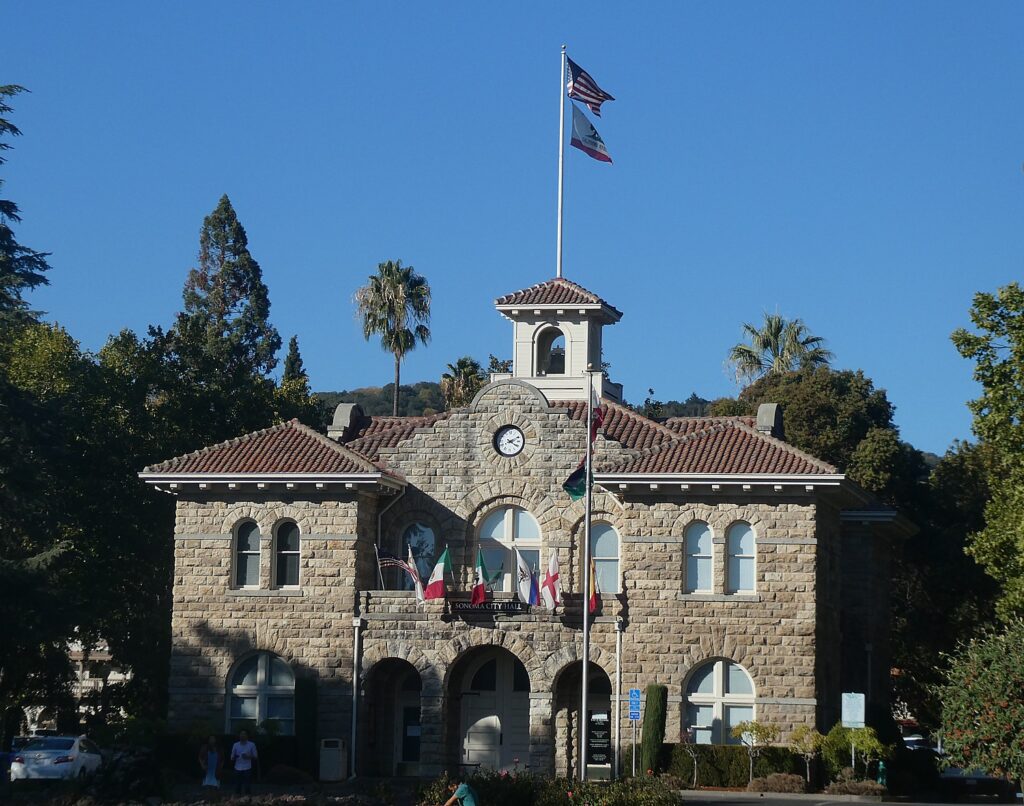


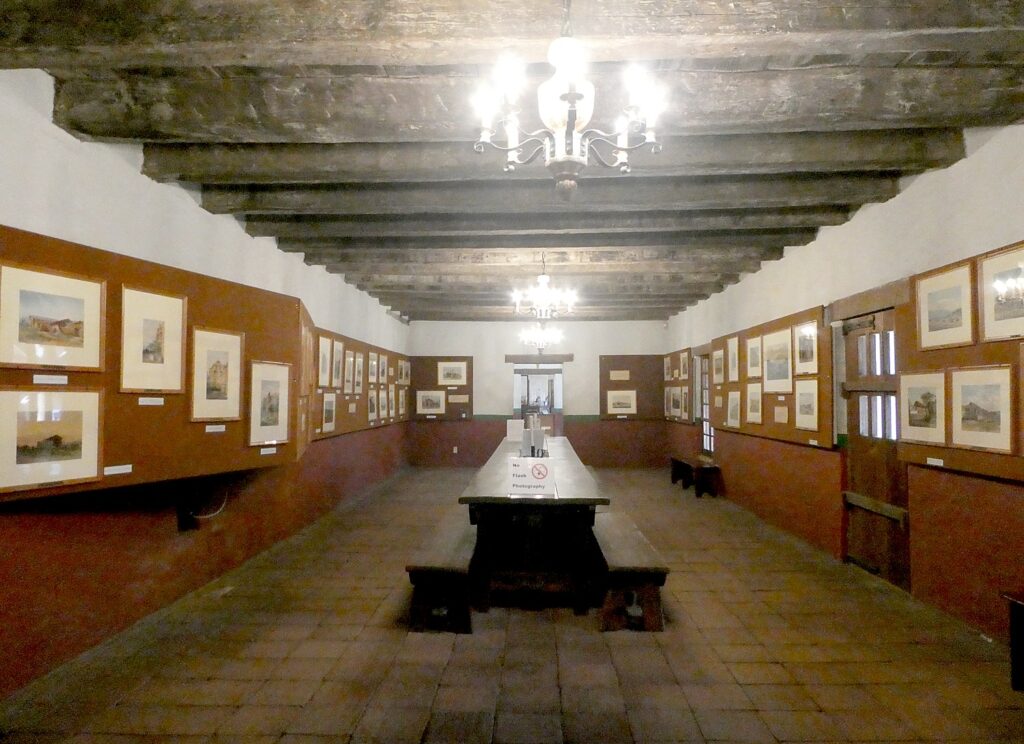





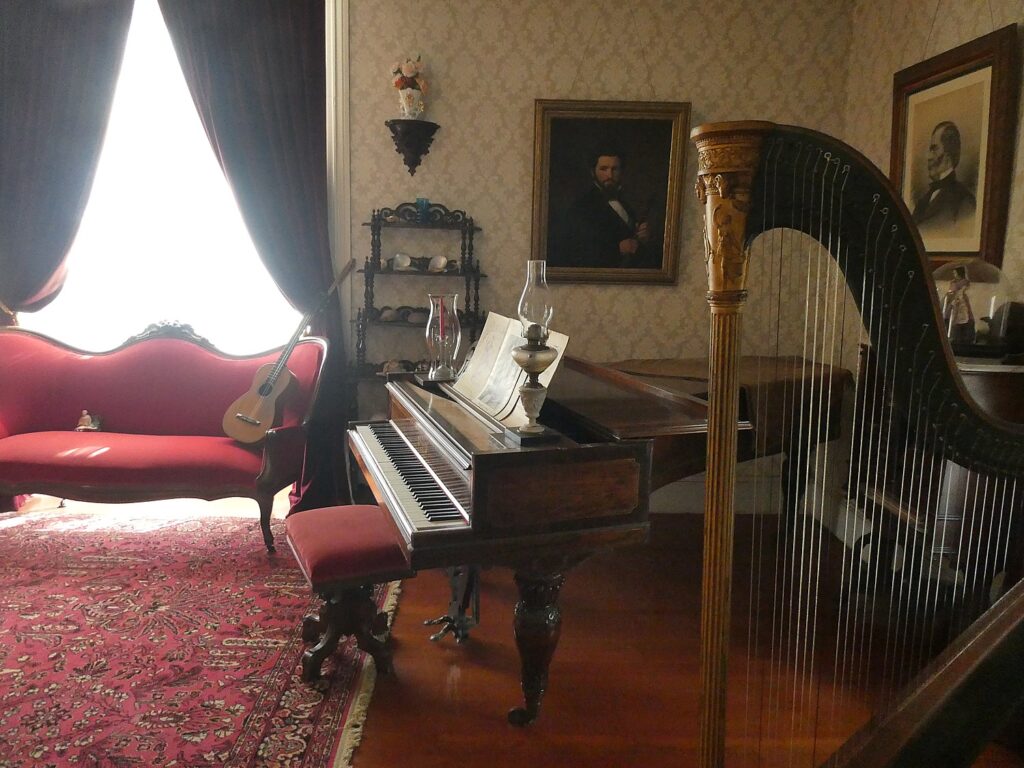








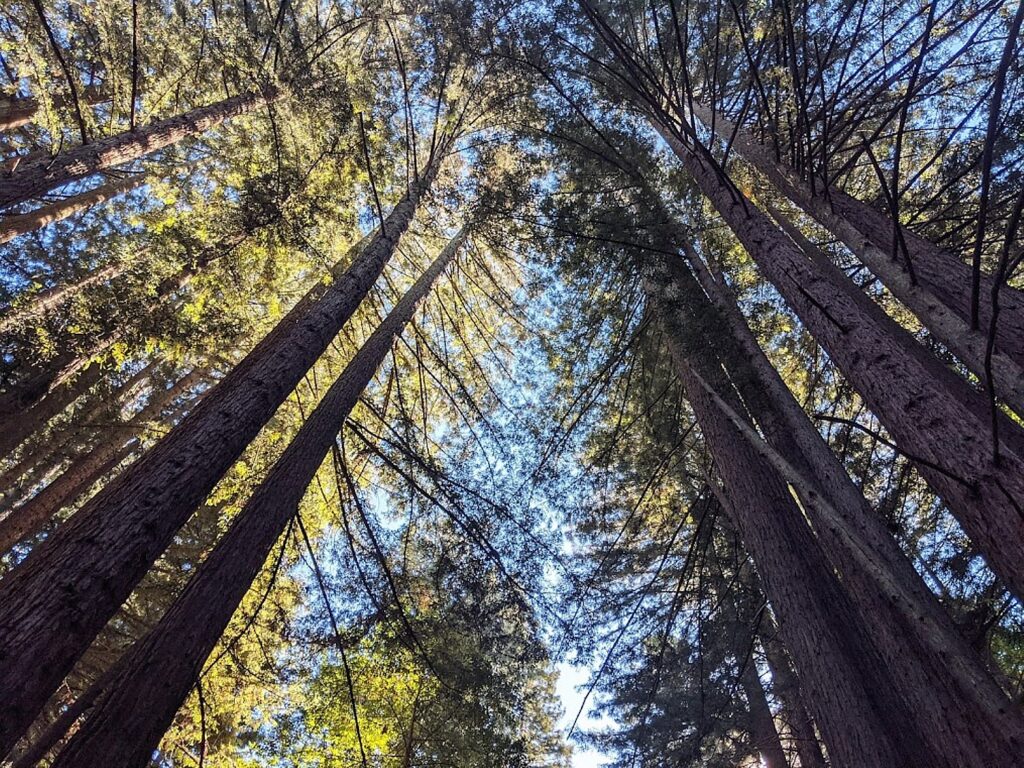
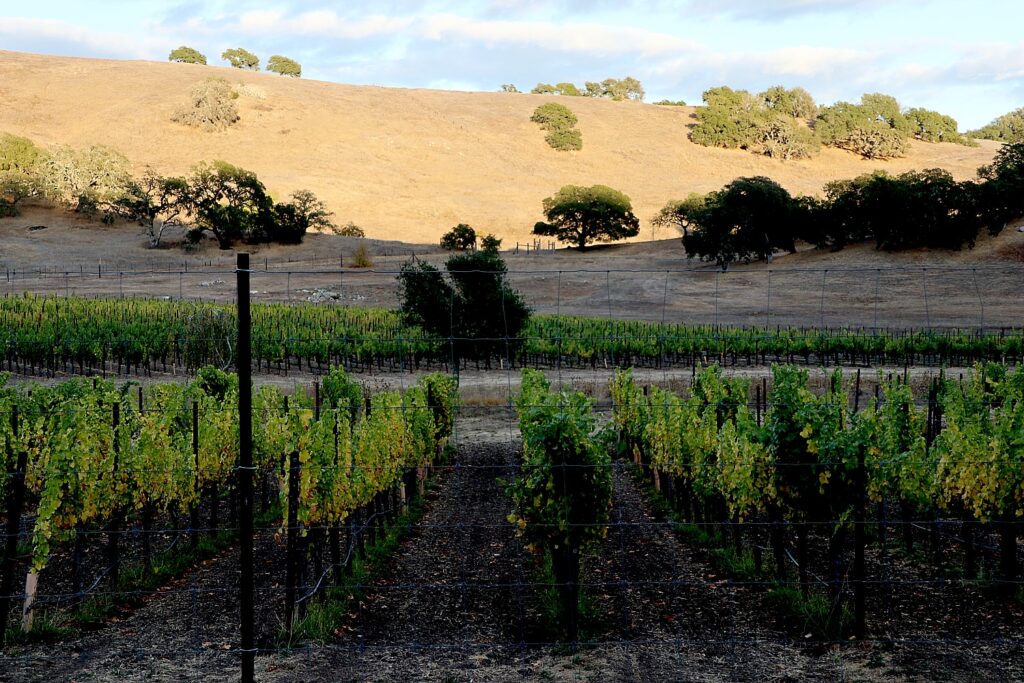







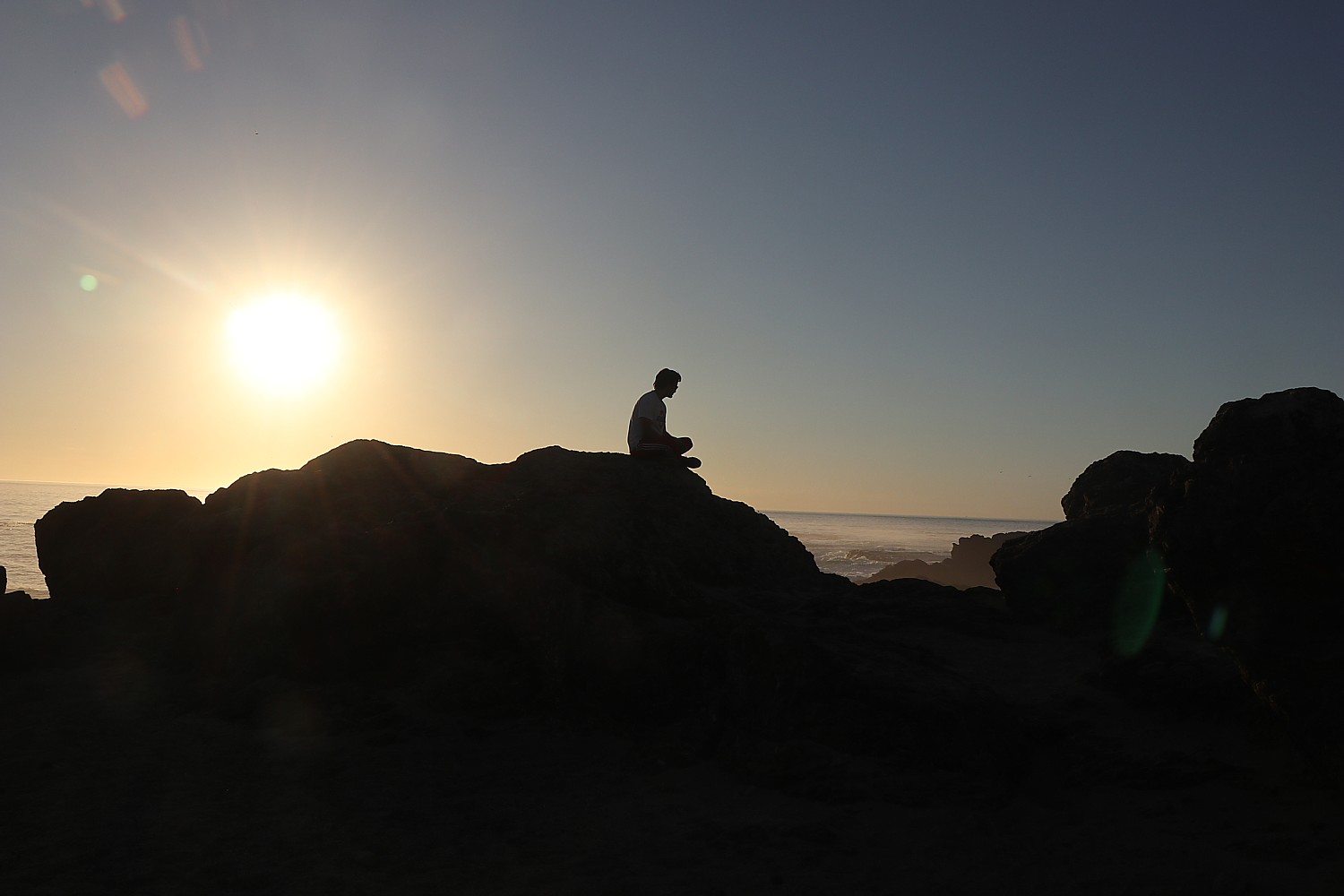


 “Come in for a spell” at Loot and Lore, Mendocino © Karen Rubin/goingplacesfarandnear.com
“Come in for a spell” at Loot and Lore, Mendocino © Karen Rubin/goingplacesfarandnear.com
